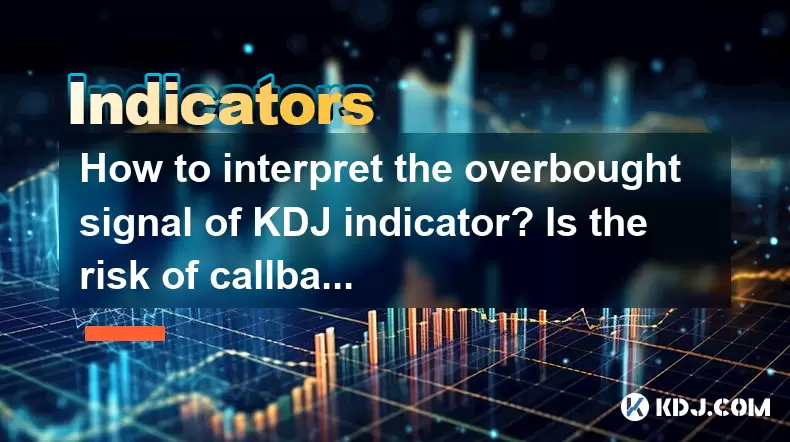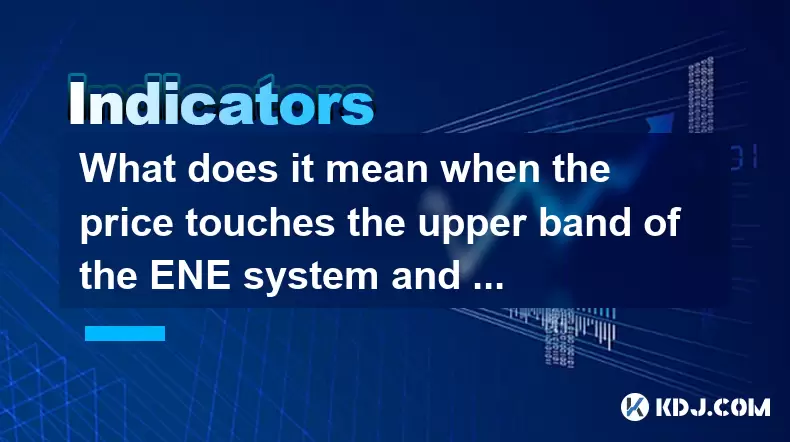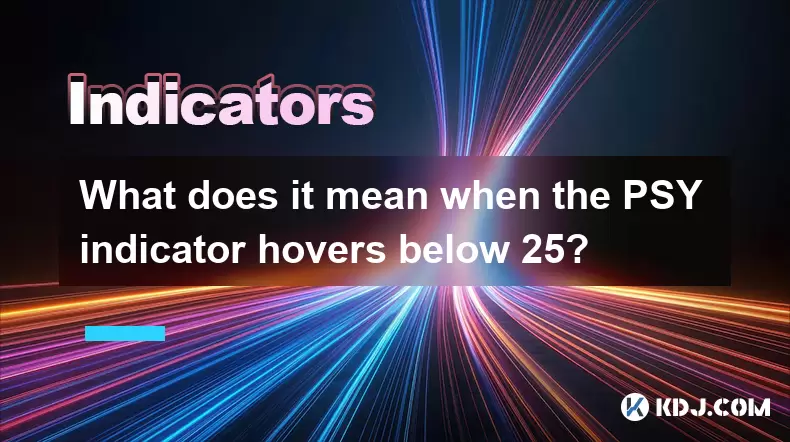-
 Bitcoin
Bitcoin $116700
0.48% -
 Ethereum
Ethereum $4213
6.27% -
 XRP
XRP $3.280
1.22% -
 Tether USDt
Tether USDt $1.000
0.02% -
 BNB
BNB $805.1
2.46% -
 Solana
Solana $180.2
2.65% -
 USDC
USDC $0.0000
0.02% -
 Dogecoin
Dogecoin $0.2412
8.50% -
 TRON
TRON $0.3356
-1.11% -
 Cardano
Cardano $0.8108
3.59% -
 Hyperliquid
Hyperliquid $43.89
8.53% -
 Chainlink
Chainlink $21.15
10.75% -
 Stellar
Stellar $0.4502
1.41% -
 Sui
Sui $3.935
4.69% -
 Bitcoin Cash
Bitcoin Cash $570.7
-1.75% -
 Hedera
Hedera $0.2636
3.28% -
 Avalanche
Avalanche $24.25
4.48% -
 Ethena USDe
Ethena USDe $1.001
0.03% -
 Litecoin
Litecoin $122.0
-0.08% -
 Toncoin
Toncoin $3.445
2.68% -
 UNUS SED LEO
UNUS SED LEO $8.979
-0.08% -
 Shiba Inu
Shiba Inu $0.00001379
6.73% -
 Uniswap
Uniswap $10.91
2.00% -
 Polkadot
Polkadot $4.106
5.39% -
 Dai
Dai $1.000
0.02% -
 Pepe
Pepe $0.00001227
9.07% -
 Bitget Token
Bitget Token $4.507
0.72% -
 Cronos
Cronos $0.1576
3.40% -
 Monero
Monero $272.0
-1.68% -
 Ethena
Ethena $0.7502
21.27%
How to interpret the overbought signal of KDJ indicator? Is the risk of callback high?
The KDJ indicator signals overbought conditions when K, D, and J lines exceed 80, suggesting a potential price correction in cryptocurrencies.
Jun 03, 2025 at 04:28 am

The KDJ indicator is a popular technical analysis tool used by traders in the cryptocurrency market to assess potential trend reversals and overbought or oversold conditions. Understanding how to interpret the overbought signal of the KDJ indicator is crucial for making informed trading decisions. This article will delve into the specifics of the KDJ indicator, its overbought signals, and the associated risks of a callback.
What is the KDJ Indicator?
The KDJ indicator, also known as the Stochastic Oscillator, is a momentum indicator that compares the closing price of a cryptocurrency to its price range over a specific period. It consists of three lines: K, D, and J. The K line represents the fastest line, the D line is a moving average of the K line, and the J line is a further derivation used to identify overbought and oversold conditions more accurately.
The KDJ indicator is typically plotted on a scale from 0 to 100, with readings above 80 considered overbought and readings below 20 considered oversold. Traders use these thresholds to gauge potential reversal points in the market.
Identifying Overbought Conditions with KDJ
An overbought signal from the KDJ indicator occurs when the K, D, and J lines move above the 80 level. This suggests that the cryptocurrency's price may have risen too quickly and could be due for a correction or pullback.
To identify an overbought condition, traders should monitor the following:
- The K, D, and J lines crossing above the 80 level.
- A divergence between the KDJ lines and the price action of the cryptocurrency, where the price continues to rise but the KDJ lines start to fall.
Interpreting the Overbought Signal
When the KDJ indicator signals an overbought condition, it implies that the cryptocurrency might be overvalued and due for a price correction. However, it's essential to understand that an overbought signal does not guarantee an immediate price drop.
Key points to consider when interpreting an overbought signal:
- The strength of the trend leading up to the overbought condition. A strong bullish trend might delay a pullback.
- The presence of other technical indicators confirming the overbought signal, such as the Relative Strength Index (RSI) or Moving Average Convergence Divergence (MACD).
- Market sentiment and external factors that could influence the cryptocurrency's price.
Assessing the Risk of Callback
The risk of a callback after an overbought signal depends on various factors. While the KDJ indicator can provide insights into potential overbought conditions, it should not be used in isolation.
Factors influencing the risk of a callback:
- Market volatility: High volatility increases the likelihood of sharp price movements, including callbacks.
- Volume: A significant increase in trading volume during an overbought period may indicate a higher probability of a price correction.
- Technical confluence: The presence of other technical indicators supporting the overbought signal can increase the risk of a callback.
Strategies to Mitigate the Risk of Callback
Traders can employ several strategies to mitigate the risk of a callback following an overbought signal from the KDJ indicator.
Effective strategies include:
- Setting stop-loss orders: Placing a stop-loss order at a level below the current price can help limit potential losses if a callback occurs.
- Diversifying the portfolio: Spreading investments across different cryptocurrencies can reduce the impact of a callback on any single asset.
- Using trailing stops: A trailing stop can help lock in profits while allowing the price to continue rising until a callback occurs.
Practical Application of KDJ Overbought Signals
To apply the KDJ overbought signal in a real trading scenario, consider the following steps:
- Monitor the KDJ lines: Regularly check the K, D, and J lines to identify when they cross above the 80 level.
- Confirm with other indicators: Use additional indicators like the RSI or MACD to confirm the overbought condition.
- Assess market conditions: Evaluate current market sentiment and external factors that could influence the cryptocurrency's price.
- Implement risk management: Use stop-loss orders and other risk management techniques to protect against potential callbacks.
Example of Using KDJ Overbought Signal
Let's consider a hypothetical example of using the KDJ overbought signal to trade Bitcoin:
- Observation: You notice that the K, D, and J lines of the KDJ indicator for Bitcoin have crossed above the 80 level, indicating an overbought condition.
- Confirmation: The RSI also shows a reading above 70, confirming the overbought signal.
- Action: You decide to place a sell order for part of your Bitcoin holdings and set a stop-loss order at a level that limits potential losses if the price continues to rise.
- Outcome: If a callback occurs, your stop-loss order helps minimize losses. If the price continues to rise, your trailing stop allows you to capture additional gains.
Frequently Asked Questions
Q: Can the KDJ indicator be used for all cryptocurrencies?
A: Yes, the KDJ indicator can be applied to any cryptocurrency. However, its effectiveness may vary depending on the specific market dynamics and volatility of the cryptocurrency.
Q: How often should I check the KDJ indicator for overbought signals?
A: The frequency of checking the KDJ indicator depends on your trading strategy. Short-term traders may check it multiple times a day, while long-term investors might monitor it less frequently, such as daily or weekly.
Q: Are there any other indicators that work well with the KDJ indicator?
A: Yes, the KDJ indicator can be used in conjunction with other momentum indicators like the RSI, MACD, and Bollinger Bands to enhance its effectiveness and provide more reliable signals.
Q: Can the KDJ indicator predict the exact timing of a callback?
A: No, the KDJ indicator cannot predict the exact timing of a callback. It provides a signal that a callback may be imminent, but other factors and market conditions will influence the actual timing and extent of any price movement.
Disclaimer:info@kdj.com
The information provided is not trading advice. kdj.com does not assume any responsibility for any investments made based on the information provided in this article. Cryptocurrencies are highly volatile and it is highly recommended that you invest with caution after thorough research!
If you believe that the content used on this website infringes your copyright, please contact us immediately (info@kdj.com) and we will delete it promptly.
- Trump, Crypto Vehicle, and WLFI Tokens: A New York Minute on the Latest Buzz
- 2025-08-10 00:30:12
- Wheat Penny Fortune: Unearthing Valuable Coins in Your Pocket Change
- 2025-08-10 00:35:19
- AI Coin Mania: Dubai Millionaires Eye 20x Gains!
- 2025-08-09 23:10:12
- ChatGPT's Hot Takes: Meme Coins to Buy Now for a Wild 2025!
- 2025-08-09 23:10:12
- Jurassic Park Vibes in Your Pocket: The Colourful Canadian Coin Featuring a Dinosaur Eye
- 2025-08-09 23:50:12
- Altcoins on the Radar: VeChain, Ethereum, and the Shifting Crypto Landscape
- 2025-08-09 23:50:12
Related knowledge

What does it mean when the price is trading above the SAR indicator but the red dots are densely packed?
Aug 09,2025 at 11:49pm
Understanding the SAR Indicator and Its Visual SignalsThe SAR (Parabolic Stop and Reverse) indicator is a technical analysis tool used primarily to de...

What does it mean when the MACD histogram continues to shorten but the price reaches a new high?
Aug 09,2025 at 09:29pm
Understanding the MACD Histogram and Its ComponentsThe MACD (Moving Average Convergence Divergence) indicator is a widely used technical analysis tool...

What does it mean when the Triple Moving Average (TRIX) turns downward but the price doesn't fall?
Aug 09,2025 at 12:42pm
Understanding the Triple Moving Average (TRIX) IndicatorThe Triple Moving Average, commonly known as TRIX, is a momentum oscillator designed to filter...

What does it mean when the price touches the upper band of the ENE system and then falls back?
Aug 10,2025 at 12:42am
Understanding the ENE Indicator StructureThe ENE (Envelope) indicator is a technical analysis tool used in cryptocurrency trading to identify potentia...

What does it mean when the Williams' oscillator repeatedly hits bottoms but fails to rebound?
Aug 09,2025 at 09:28am
Understanding the Williams %R OscillatorThe Williams %R oscillator, developed by Larry Williams, is a momentum indicator used in technical analysis to...

What does it mean when the PSY indicator hovers below 25?
Aug 10,2025 at 01:14am
Understanding the PSY Indicator in Cryptocurrency TradingThe PSY indicator, also known as the Psychological Line indicator, is a momentum oscillator u...

What does it mean when the price is trading above the SAR indicator but the red dots are densely packed?
Aug 09,2025 at 11:49pm
Understanding the SAR Indicator and Its Visual SignalsThe SAR (Parabolic Stop and Reverse) indicator is a technical analysis tool used primarily to de...

What does it mean when the MACD histogram continues to shorten but the price reaches a new high?
Aug 09,2025 at 09:29pm
Understanding the MACD Histogram and Its ComponentsThe MACD (Moving Average Convergence Divergence) indicator is a widely used technical analysis tool...

What does it mean when the Triple Moving Average (TRIX) turns downward but the price doesn't fall?
Aug 09,2025 at 12:42pm
Understanding the Triple Moving Average (TRIX) IndicatorThe Triple Moving Average, commonly known as TRIX, is a momentum oscillator designed to filter...

What does it mean when the price touches the upper band of the ENE system and then falls back?
Aug 10,2025 at 12:42am
Understanding the ENE Indicator StructureThe ENE (Envelope) indicator is a technical analysis tool used in cryptocurrency trading to identify potentia...

What does it mean when the Williams' oscillator repeatedly hits bottoms but fails to rebound?
Aug 09,2025 at 09:28am
Understanding the Williams %R OscillatorThe Williams %R oscillator, developed by Larry Williams, is a momentum indicator used in technical analysis to...

What does it mean when the PSY indicator hovers below 25?
Aug 10,2025 at 01:14am
Understanding the PSY Indicator in Cryptocurrency TradingThe PSY indicator, also known as the Psychological Line indicator, is a momentum oscillator u...
See all articles

























































































